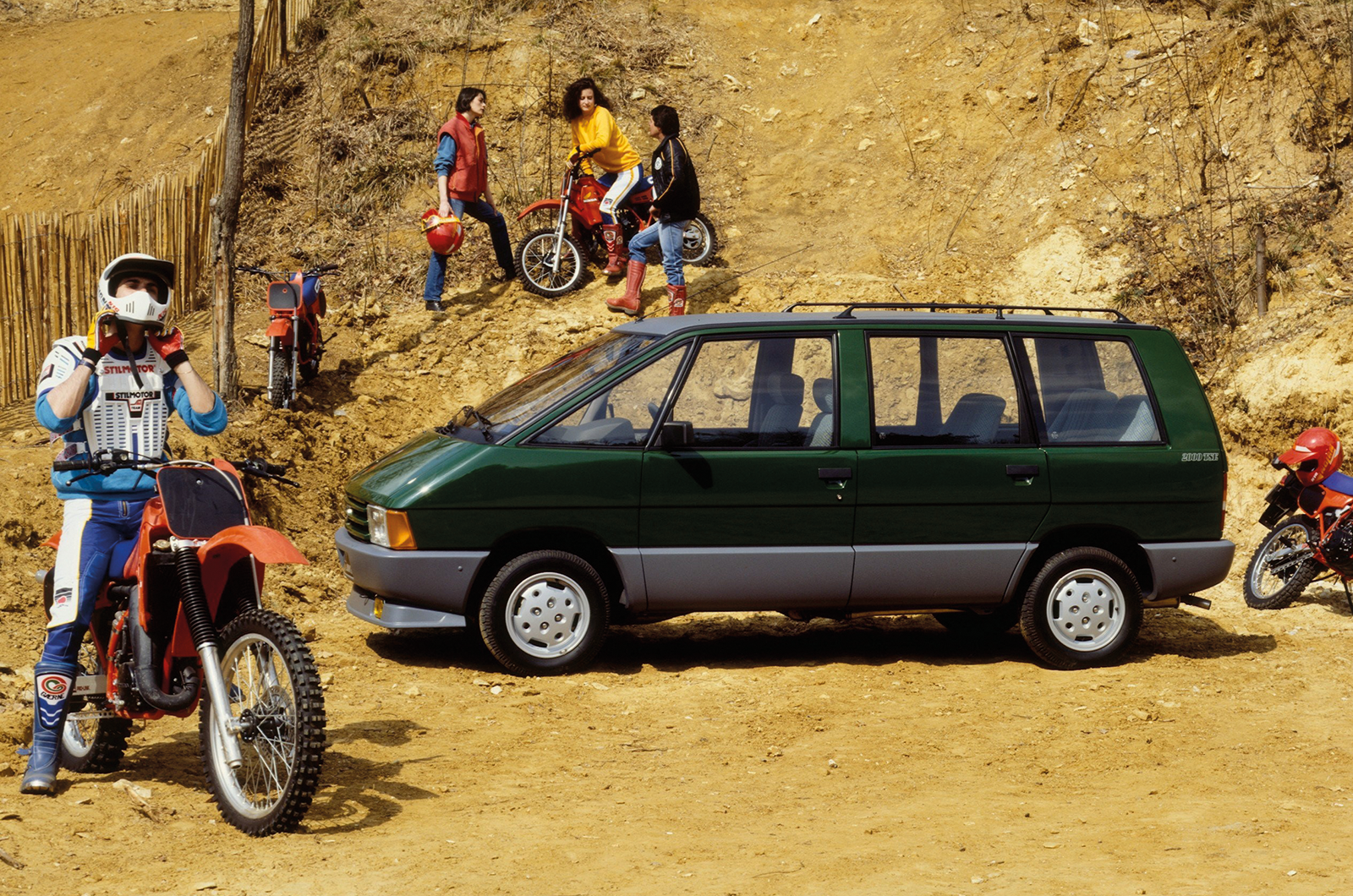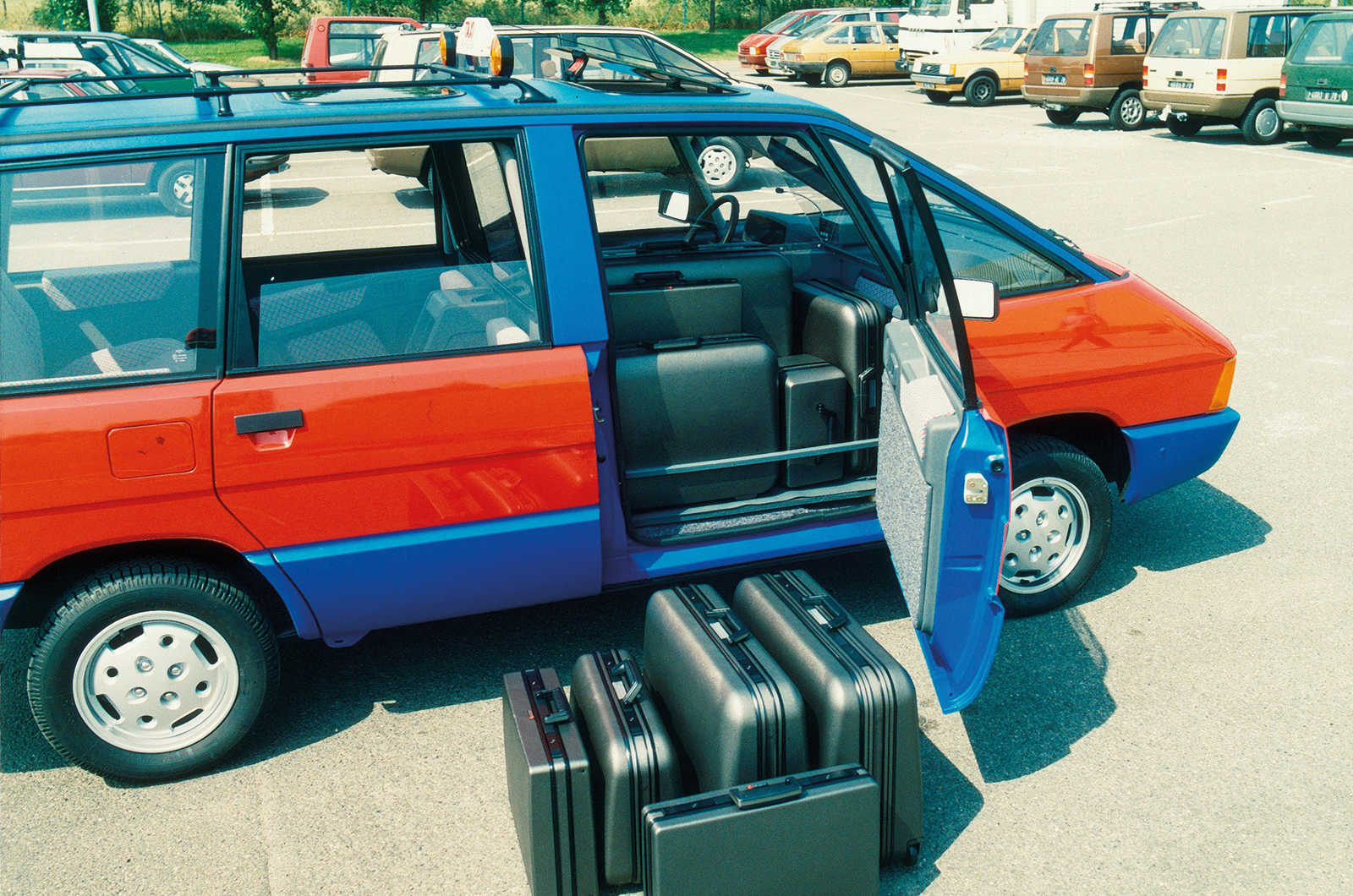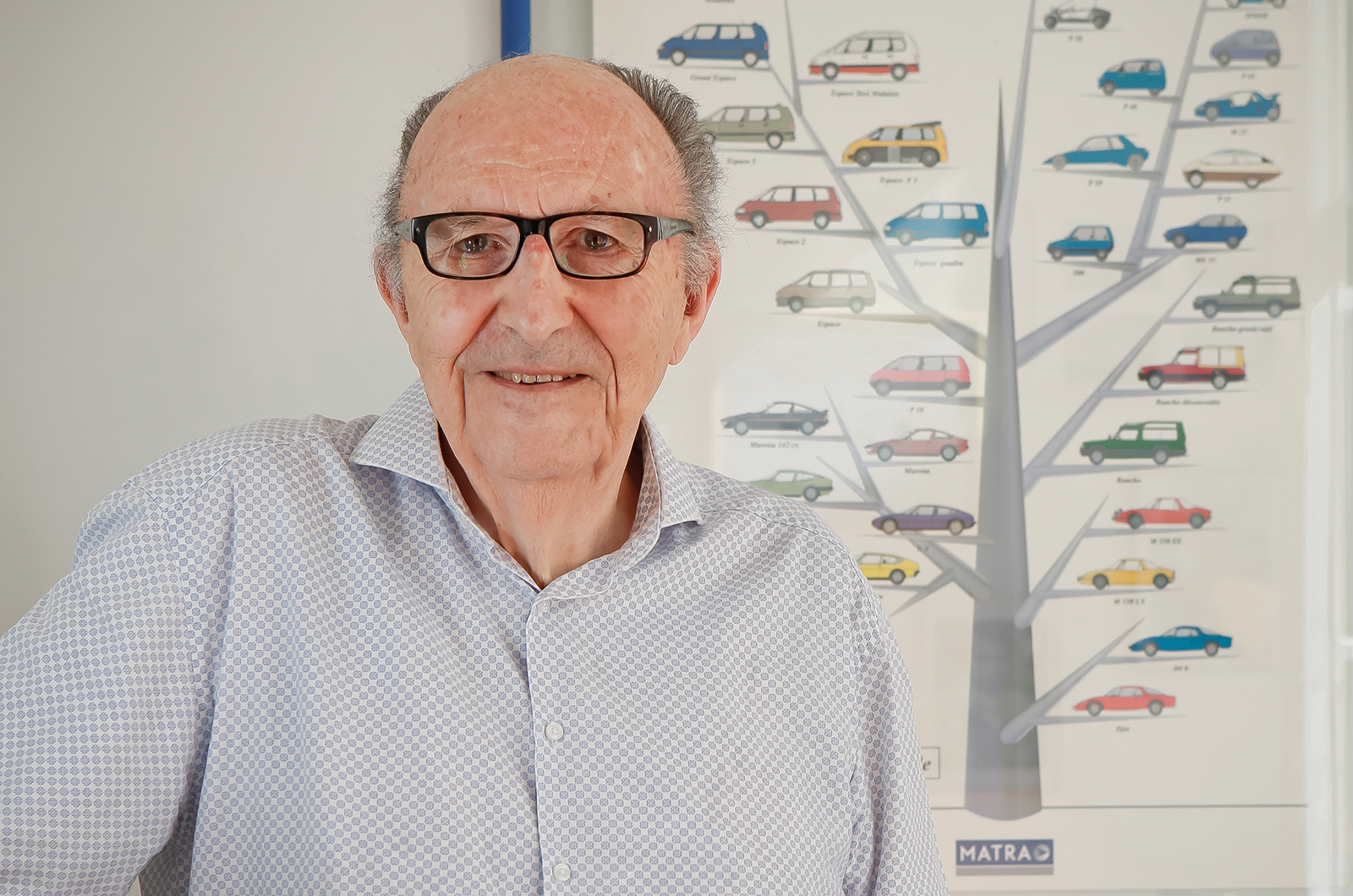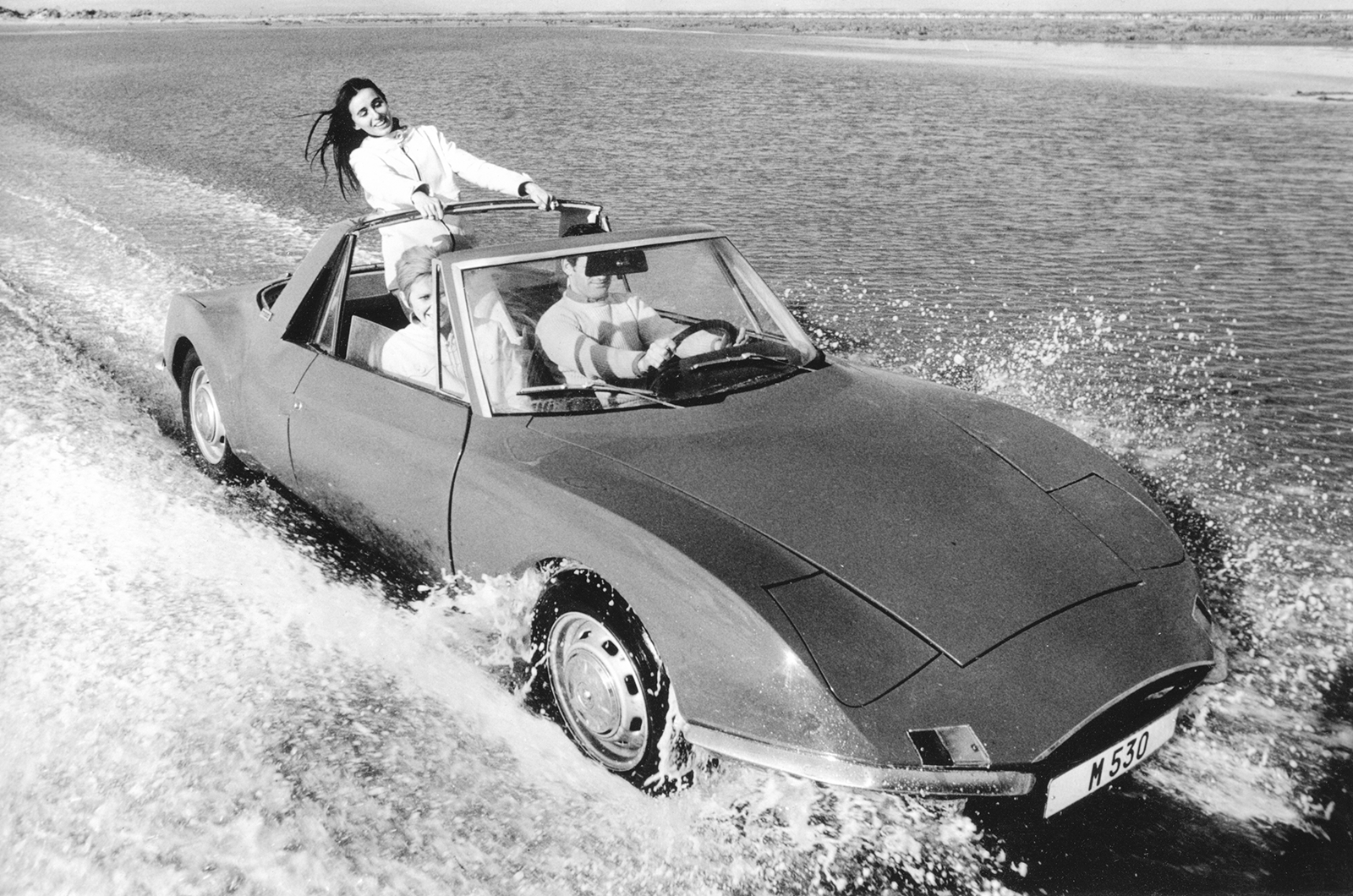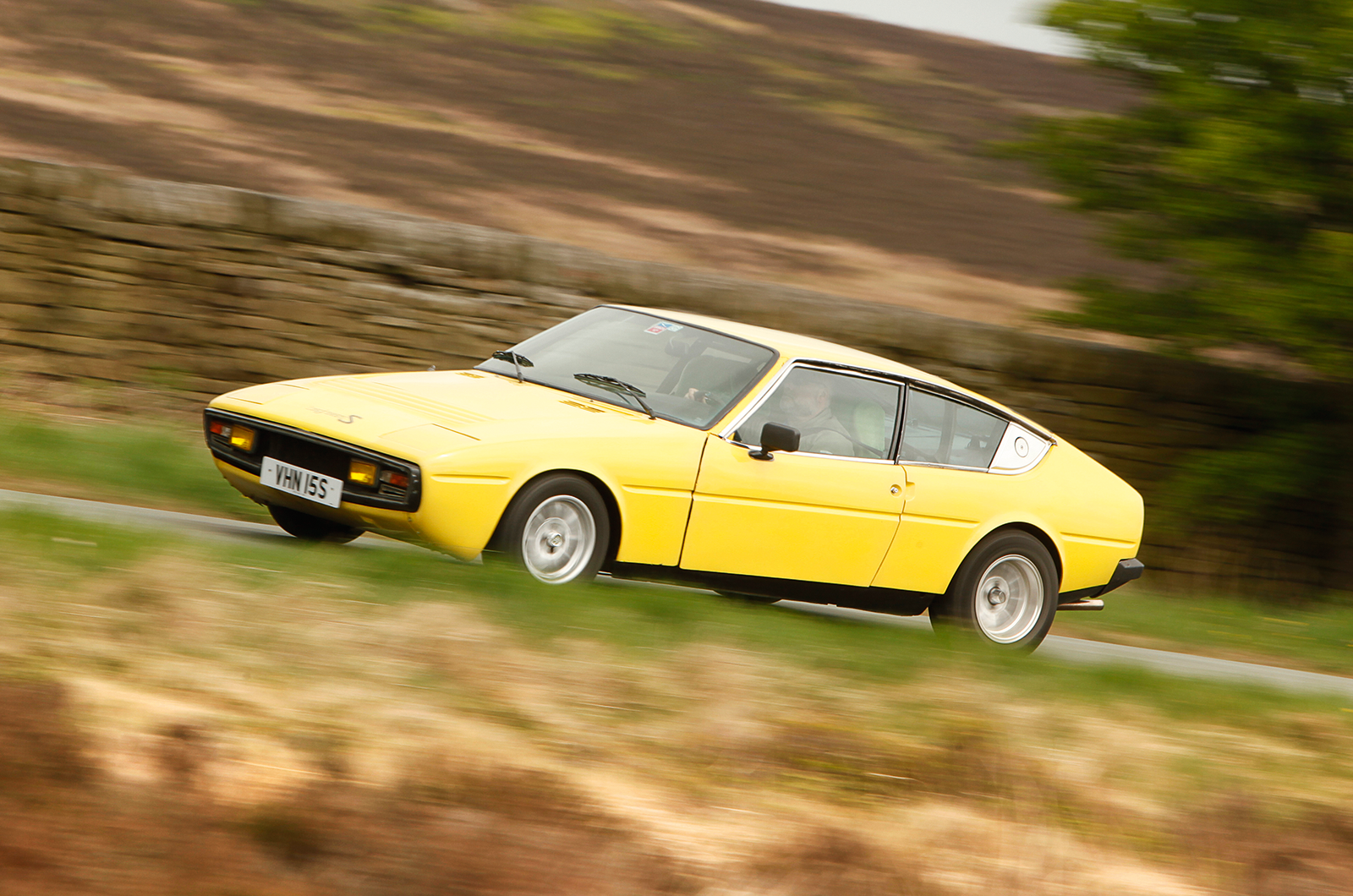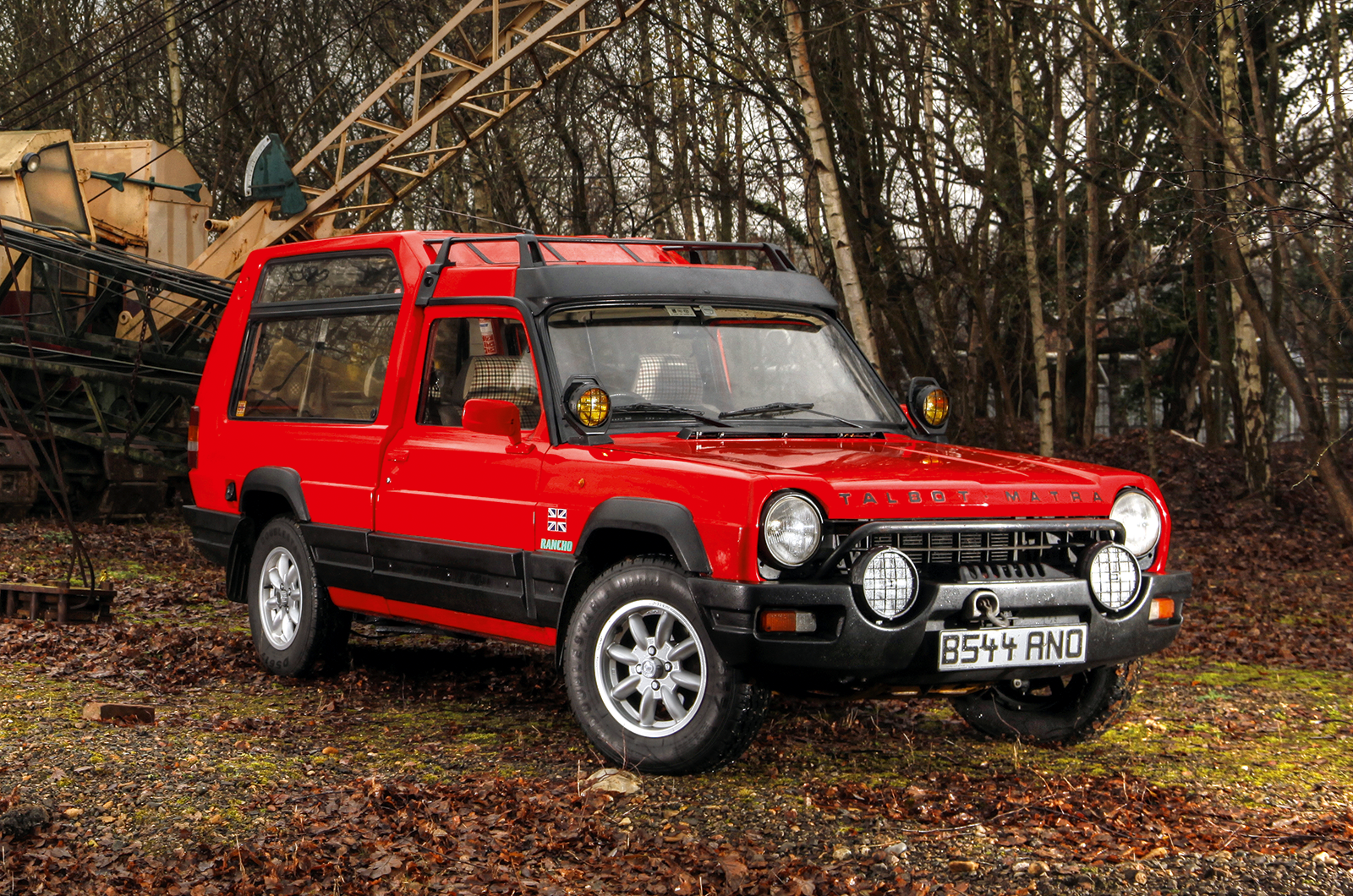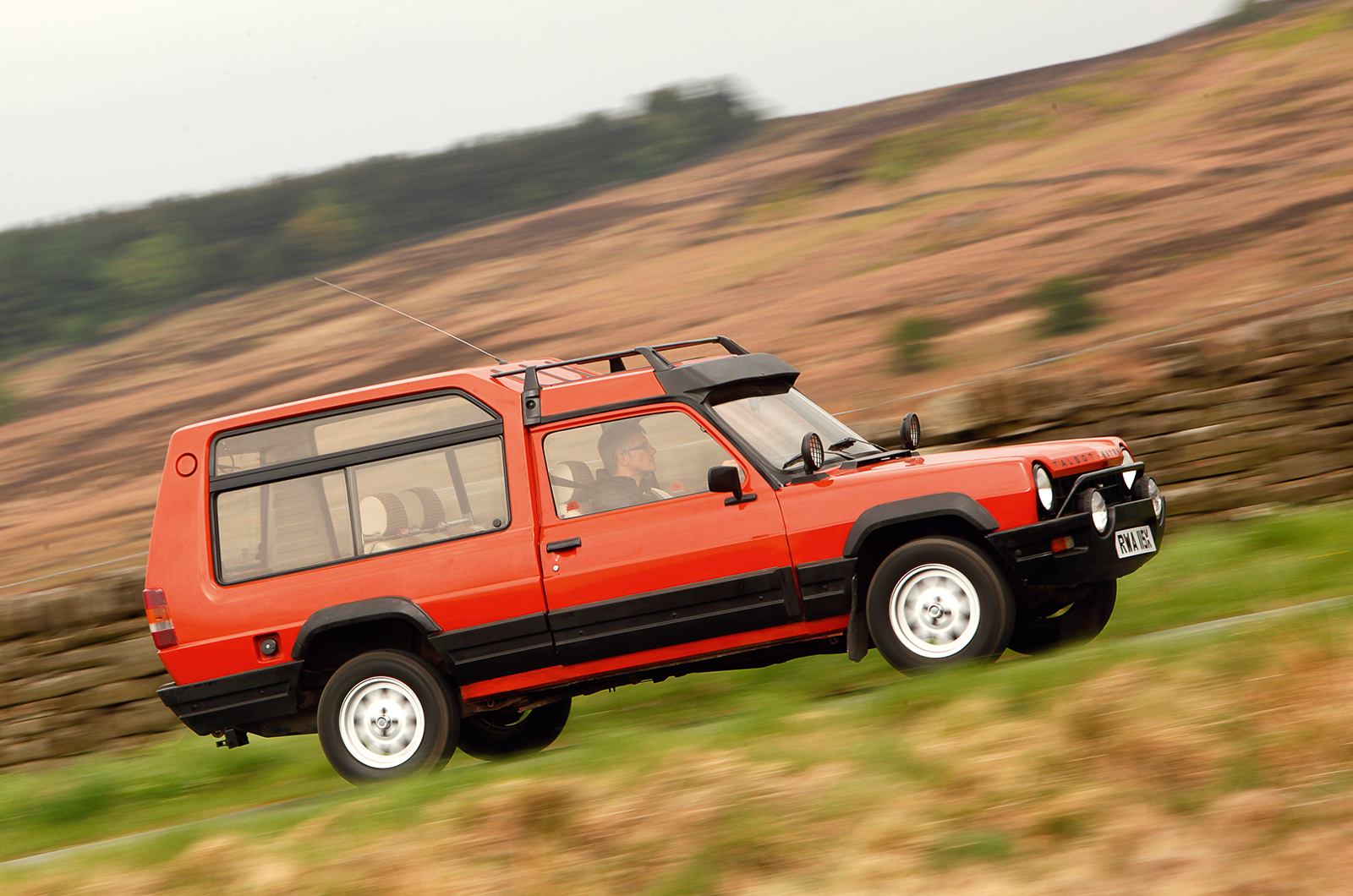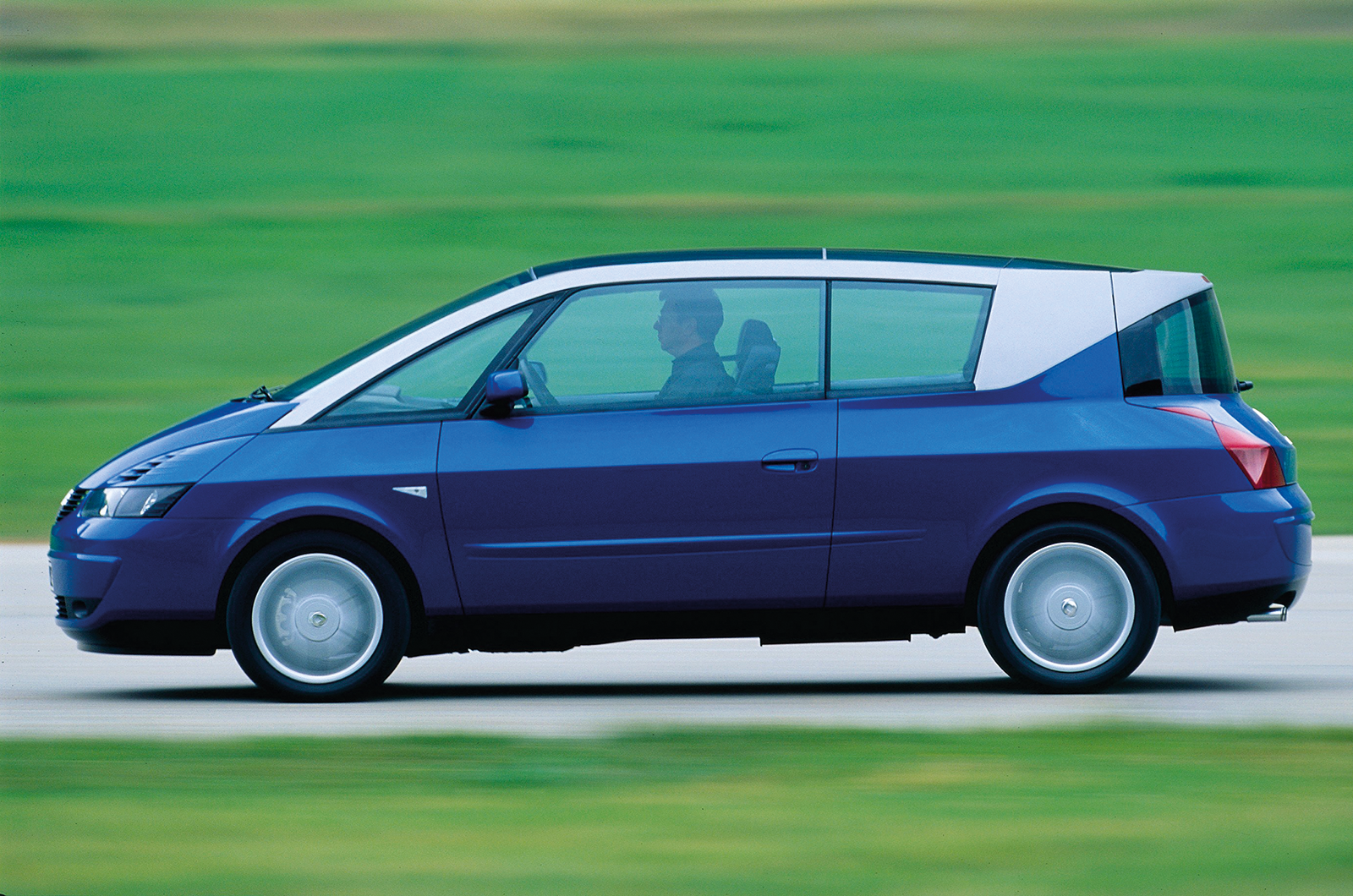This thinking led to the Espace, created as a follow-up to the Rancho.
“The Rancho we did with very limited means, and I said to Lagardère that if we had more resources we could do a lot better.
“We had noted a demand for cars in which you could go travelling as a family, and perhaps even eat and sleep – there was a vague link with the Volkswagen Kombi.
“The idea came out of a visit to the United States, when I met an engineer who said he went fishing at the weekend with his son in what the Americans called a ‘van’. I went fishing with one of my sons, so there was a sort of symmetry. When I got back I said I’d get a ‘van’, but there weren’t any…”
This was in 1978, and the prototype, based on Alpine/Solara underpinnings, was first offered to Peugeot, just after it had taken over the former Simca operation. Peugeot reluctantly turned down the proposition – out of innate conservatism, but also, says Guédon, because it simply had too much on its plate trying to absorb Chrysler’s crumbling European operations.
After Citroën had also rejected the project, eventually Renault took it on board, in 1982, with production at Matra’s Romorantin plant beginning in ’84.
The M72 almost made production
Daily output jumped from 45 to 360 Espaces over the years, and the factory was substantially modernised.
“The Espace made us lots of money – lots. The sports cars had brought in relatively modest profits. The divine surprise was the Espace, which became a cash cow. If it hadn’t been for the Espace, Lagardère would have stopped Automobiles Matra sooner – because the image of Matra had been made, and he no longer needed to be building cars.”
The last production Matra was the Avantime, launched in 2001. “It’s another divisive vehicle,” admits Guédon.
“The idea behind it was that people who bought an Espace were generally those who had a family. They’d buy an Espace – maybe two, or even three – and then one fine day the children would fly the nest. But the husband and wife had got into the habit of driving a vehicle with a lot of space inside and a relatively high driving position from which they could enjoy the countryside.
“So we said we’d try to do a coupé, but one that would keep the characteristics of the Espace, to allow us to hang onto Espace customers – or at least a certain number of them. Renault agreed.
“We sent an Espace platform to Giugiaro and he did the first version. But Renault’s design chief, Patrick Le Quément, said that Renault would do the styling.”
The e-Méhari is a more recent project
The Avantime had a slow start; meanwhile, Renault had taken over production of the Espace.
After a restructure in 2002, Lagardère – by then focused almost exclusively on his burgeoning media interests – pulled the plug on Automobiles Matra the following year, just weeks before his death.
“He had the impression that we’d have to begin again – reinvest in the car company – and I don’t think he was interested any more. So we stopped in 2003. If you listen to people at Renault, who I think are being honest, they say that if we’d persisted with the Avantime, we could have made a success of it.”
During these final years various concept cars were built, and the M72, a part-aluminium, buggy-like vehicle, was close to entering production in 2003.
Guédon went his own way with the collapse of Automobiles Matra, setting up the design consultancy Espace Developments. In 2008 he displayed a three-seater electric car at the Geneva Salon, and of late he has been collaborating with Bolloré on its Bluecar and Bluesummer electric cars – the latter then marketed as the Citroën e-Méhari.
“There are a lot of things that interest me, but I haven’t found anything that equals my passion for cars,” says Guédon. “That’s why I carry on working.”
Portrait: Daniel Denis
READ MORE
Tested: off-beat soft-roaders
Grand Palais: the DS coupé Citroën should have made
Renault’s lively 5s: Gordini Turbo and Turbo 2 on track
Jon Pressnell
Jon Pressnell is a contributor to Classic & Sports Car

